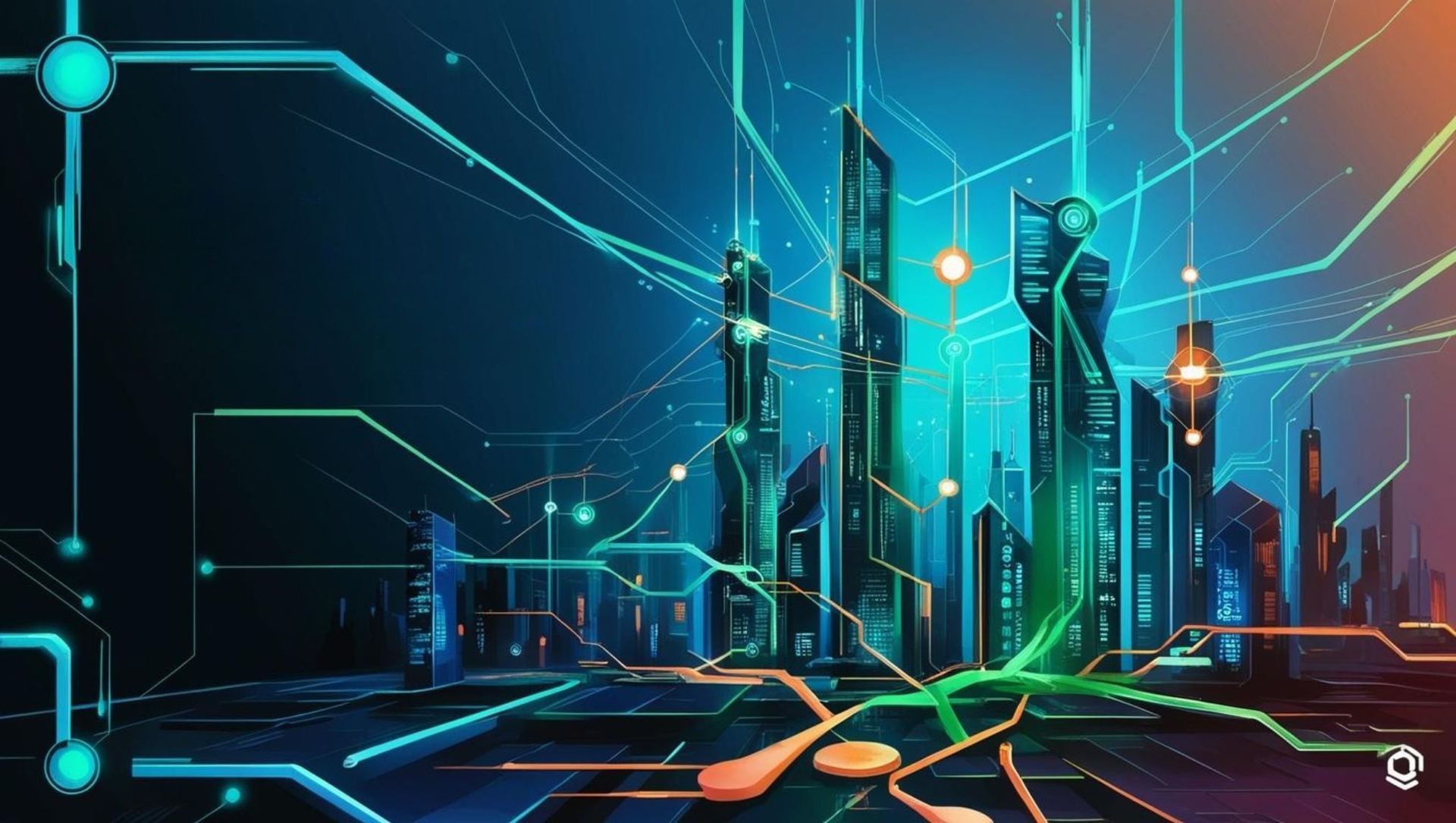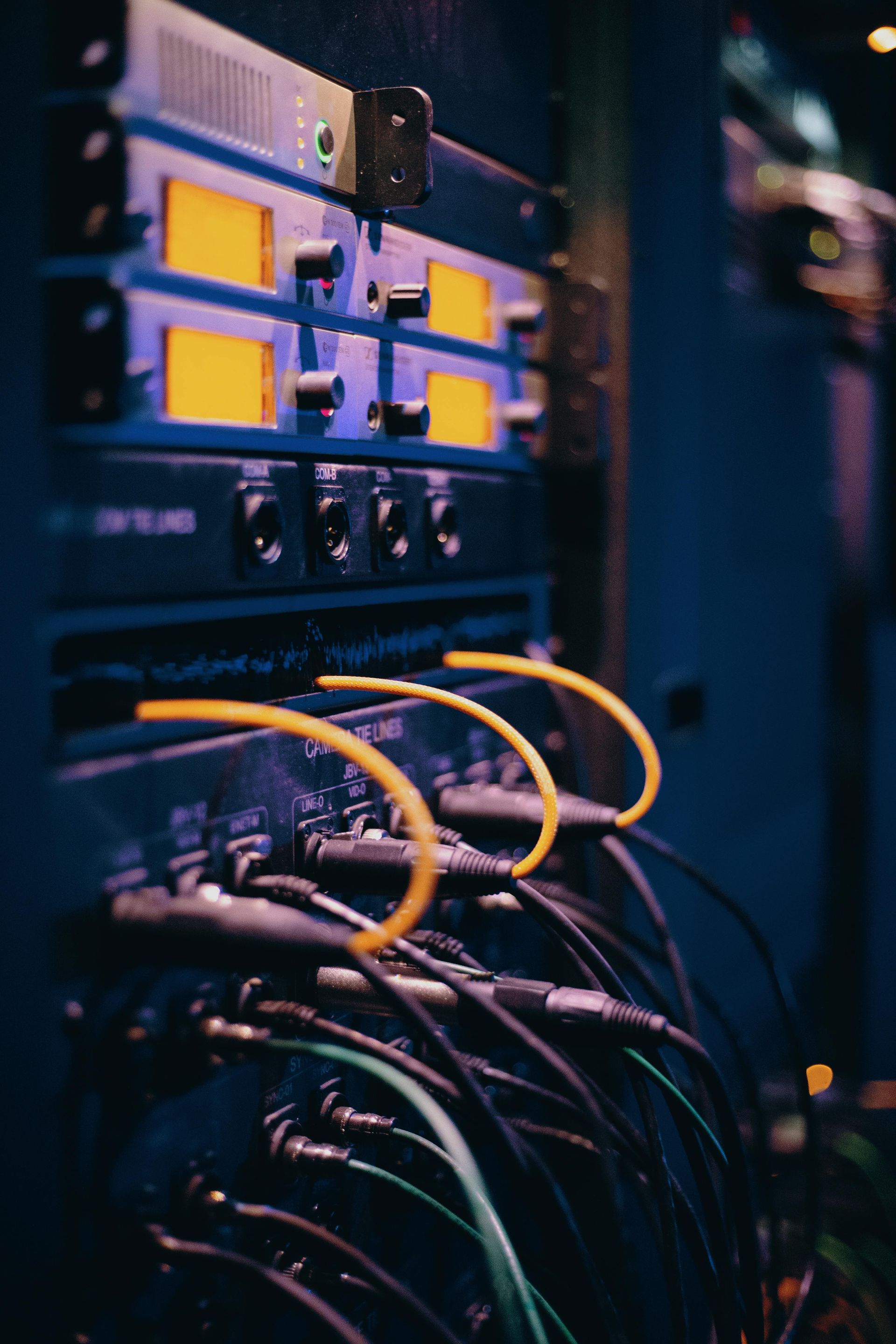Cyber Resilience in an AI-Driven World
January 14, 2025
Cyber Resilience in an AI-Driven World
In today’s world, where technology underpins virtually every aspect of human life, the rise of Artificial Intelligence (AI) has redefined the boundaries of possibility. From transforming industries to streamlining everyday tasks, AI’s influence is undeniable. However, as its applications continue to grow, so do the risks associated with its use. Cyber resilience, the capacity to anticipate, withstand, and recover from cyber attacks has become a critical aspect of navigating this AI-powered era.
The rapid adoption of AI has brought both incredible opportunities and significant risks. Cyber resilience stands as the cornerstone of a secure and adaptable digital world. By combining robust technological defences, human expertise, and collaborative governance, we can mitigate the impact of cyber attacks and ensure stability in an increasingly AI-driven future. Preparing for the challenges of tomorrow starts with building resilience today.
Why Cyber Resilience Matters
Cyber resilience goes beyond merely protecting systems from attacks; it recognizes that breaches are not a matter of "if" but "when." While traditional cybersecurity focuses on building barriers, cyber resilience emphasizes the need to adapt, respond, and recover quickly from threats.
Cyber resilience goes beyond merely protecting systems from attacks; it recognizes that breaches are not a matter of "if" but "when." While traditional cybersecurity focuses on building barriers, cyber resilience emphasizes the need to adapt, respond, and recover quickly from threats.
This need is heightened in a world increasingly reliant on AI. AI is now embedded in essential systems like healthcare diagnostics, transportation networks, and financial transactions. Any disruption to these systems could have dire consequences. Imagine an AI managing emergency services being compromised, or an intelligent financial algorithm being manipulated to destabilize markets such scenarios underline the importance of resilience.
The Role of AI in Cyber Threats
AI presents a paradox in the fight for cyber resilience. On one side, it strengthens defences. AI-driven tools can detect unusual activity, predict potential breaches, and automate responses, offering a level of vigilance beyond human capability. For example, AI can analyze massive amounts of data in real time, identifying patterns that indicate an attack is underway.
Yet, AI is not just a safeguard; it is also a target. Hackers have found ways to exploit AI systems through methods such as data poisoning, where they manipulate training data to distort AI behaviour. Worse still, cybercriminals now use AI to supercharge their attacks, creating sophisticated phishing scams, automating malware design, and even generating fake identities or deepfakes for fraudulent purposes.
Building Cyber Resilience in the AI Era
To ensure stability in this increasingly volatile digital environment, a multi-faceted approach to cyber resilience is necessary. Here are some practical ways to build and maintain resilience in an AI-driven world:
Strong Security Structures
Organizations must adopt robust security measures tailored to the unique challenges AI presents. This includes securing data pipelines, regularly auditing AI models for vulnerabilities, and using advanced encryption methods. Moving to zero-trust systems, where every user and device must be verified before accessing resources, can also offer enhanced protection.
Harnessing AI Defences
AI can be a valuable ally in the fight against cyber threats. Systems powered by AI can track unusual patterns, predict vulnerabilities, and provide immediate responses to potential threats. For example, an AI monitoring system might flag unauthorized access or alert administrators to suspicious file movements, preventing a breach before it escalates.
Collaboration is Key
Cyber resilience cannot thrive in isolation. Governments, industries, and organizations must collaborate to share knowledge about emerging threats and effective solutions. Platforms that facilitate this exchange of information can be pivotal in creating a united front against increasingly sophisticated cyber attacks.
Empowering the Human Element
While technology is essential, human expertise remains indispensable. Security teams need to be trained in both traditional cybersecurity measures and AI-specific risks. Beyond specialists, organizations should educate employees on best practices, as human error such as falling for a phishing. Email remains a leading cause of breaches.
Preparedness and Recovery Plans
Even the best systems can be compromised, making recovery strategies a vital part of cyber resilience. Organizations should conduct regular backups, practice disaster recovery drills, and establish protocols for containing damage and restoring operations quickly after an attack.
Ethical Governance of AI
As we integrate AI deeper into our systems, ethical considerations become non-negotiable. Transparency, fairness, and accountability must be prioritized to minimize risks. Governments and regulators have a responsibility to establish clear guidelines for the responsible use of AI, ensuring that its deployment does not inadvertently create vulnerabilities.
In addition, international cooperation is essential. Cyber attacks often cross national boundaries, making global agreements on cyber norms and AI ethics a necessity. Collaborative efforts can help address threats before they escalate into large-scale crises.
Hakim Fubara CISSP, CISM, CISA, SWIFT CSP, PCI-QSA, ISO/IEC 27001 Lead Auditor
Ethical Governance of AI
As we integrate AI deeper into our systems, ethical considerations become non-negotiable. Transparency, fairness, and accountability must be prioritized to minimize risks. Governments and regulators have a responsibility to establish clear guidelines for the responsible use of AI, ensuring that its deployment does not inadvertently create vulnerabilities.
In addition, international cooperation is essential. Cyber attacks often cross national boundaries, making global agreements on cyber norms and AI ethics a necessity. Collaborative efforts can help address threats before they escalate into large-scale crises.
Hakim Fubara CISSP, CISM, CISA, SWIFT CSP, PCI-QSA, ISO/IEC 27001 Lead Auditor









